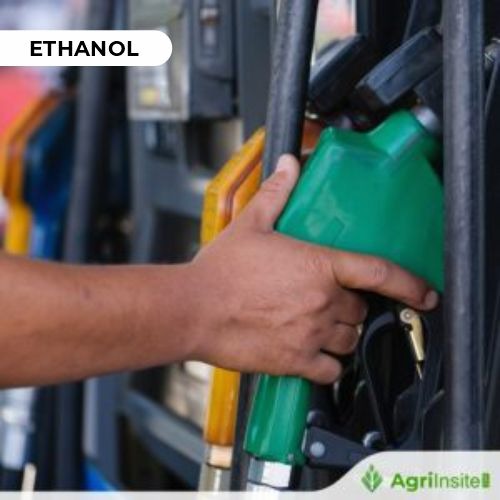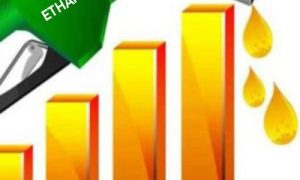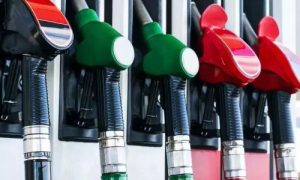Vietnam urged to launch full-scale E10 biofuel program by October 2025

The Vietnam Biofuel Association has urged a nationwide rollout of E10 gasoline to boost ethanol use and imports, particularly from the U.S. With Vietnam consuming over 10 million tons of gasoline annually, the E10 shift could raise ethanol demand to one million tons, enhancing trade ties, supporting local cassava farmers, and advancing environmental goals.
The Vietnam Biofuel Association recently submitted a document to the Domestic Market Management and Development Department (under the Ministry of Industry and Trade), addressing several issues related to the import tax on 99% ethanol used for biofuel blending, as well as the broader context of tariff negotiations and trade relations between Vietnam and the United States.
According to the association, the import tax on 99% ethanol – a type specifically used in biofuel gasoline blending – has continuously decreased from 15% to 12%, then 10%, and most recently to 5%. These reductions fall within the broader trade policy framework between Vietnam and the United States.
The association noted that ethanol is a major export product of the U.S., which currently accounts for around 50% of global ethanol production. Over 50% of the U.S.’s grain output is dedicated to ethanol production, thanks to a long-standing and effective biofuel development program.
In the U.S., all gasoline sold on the market must be blended with ethanol at a ratio of 10% to 20%, depending on the specific regulations of each state.
With the many advantages of biofuels – including environmental protection and providing a stable market for agricultural products – most countries around the world mandate the use of biofuel gasoline in road transport.
For example, Brazil requires gasoline to be blended with 20% to 85% ethanol; the European Union, China, and Indonesia apply a 10% blend; while Thailand mandates a 20% blend.
Vietnam introduced biofuel gasoline in 2017 by blending 5% ethanol with RON92 mineral gasoline to create E5 RON92.
Currently, the domestic market primarily offers two gasoline types: E5 RON92 and RON95, with total annual consumption exceeding 10 million tons. However, E5 RON92 still accounts for only about 15% of total consumption, falling short of environmental protection targets.
In a joint petition to the Prime Minister and the Minister of Industry and Trade, the Vietnam Biofuel Association and the Vietnam Petroleum Association proposed the urgent rollout of a nationwide E10 gasoline program. Under this proposal, a 10% ethanol blend would become mandatory for both RON92 and RON95 gasoline.
According to the Vietnam Biofuel Association, this measure would create significant room for ethanol imports from the U.S., rather than relying solely on reducing import tax to 0%. It would also help balance the trade relationship between the two countries.
It is estimated that with annual gasoline consumption exceeding 10 million tons, switching to E10 for both RON92 and RON95 would require around 1 million tons of ethanol per year – potentially increasing ethanol imports from the U.S. tenfold to USD 1 billion annually.
Looking ahead, if Vietnam raises its blending rate to 20% – as many other countries already have – its ethanol imports from the U.S. could reach a value of USD 2 billion per year.
Additionally, domestic alcohol manufacturers may import about 1.4 million tons of corn (worth approximately USD 350 million) from the U.S. for ethanol production.
“Implementing the full-scale E10 program would also help address the market outlet for millions of tons of fresh cassava from local farmers, stabilizing the price of this key agricultural product, which is also used in ethanol production,” a representative of the Vietnam Biofuel Association stated.
In its feedback on the draft decree on gasoline and petroleum trading under Decisions 49 and 53, the Vietnam Petroleum Association emphasized that after seven years of replacing RON92 mineral gasoline with E5 RON92 nationwide, the quality and benefits of E5 RON92 have been clearly proven.
However, sales volumes have continued to decline, while business costs for companies have increased, causing hesitation among fuel retailers.
According to the association, the decline in E5 gasoline sales is not due to consumer distrust in quality. The main reason lies in the continued use of RON92 – a lower-grade gasoline (level 2) typically used for motorbikes – as the base for blending with ethanol. Combined with an extended product lifecycle of seven years, this has discouraged customers, who tend to prefer higher-quality fuels, leading to reduced E5 sales.
Due to these challenges, the roadmap for E10 blending has been delayed by seven years, even as countries worldwide are moving toward E15 or E20.
Vietnam already has the necessary infrastructure and conditions to implement and distribute E10 fuel. Accordingly, the Vietnam Petroleum Association has proposed that the Prime Minister establish a specific timeline for the E10 rollout.
Specifically, E10 RON95 should replace RON95 starting October 1, 2025, and E10 RON92 should replace E5 RON92 on the same date.
To Read more about Ethanol Industry & Bio Energy News, continue reading Agriinsite.com
Source : Vietnam Net

















